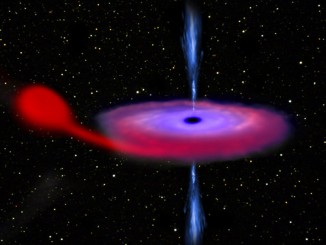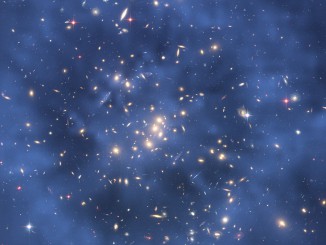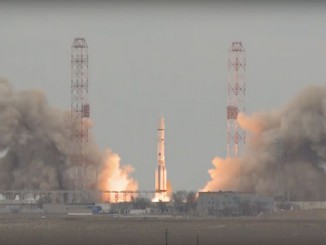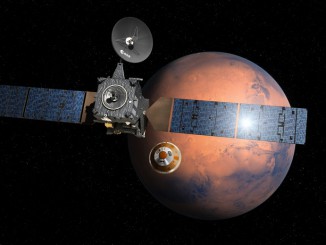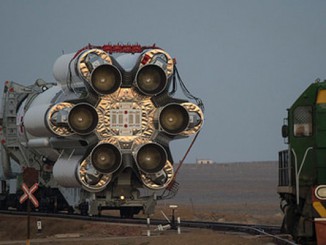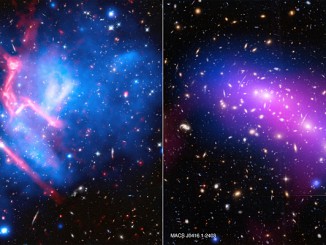
Unexpected changes of bright spots on Ceres discovered
New and very precise observations using the HARPS spectrograph with the ESO 3.6-metre telescope in Chile have not only detected the motion of the enigmatic bright spots on Ceres due to the dwarf planet’s rotation about its axis, but also found unexpected additional variations suggesting that the material of the spots is volatile and evaporates in sunlight.

